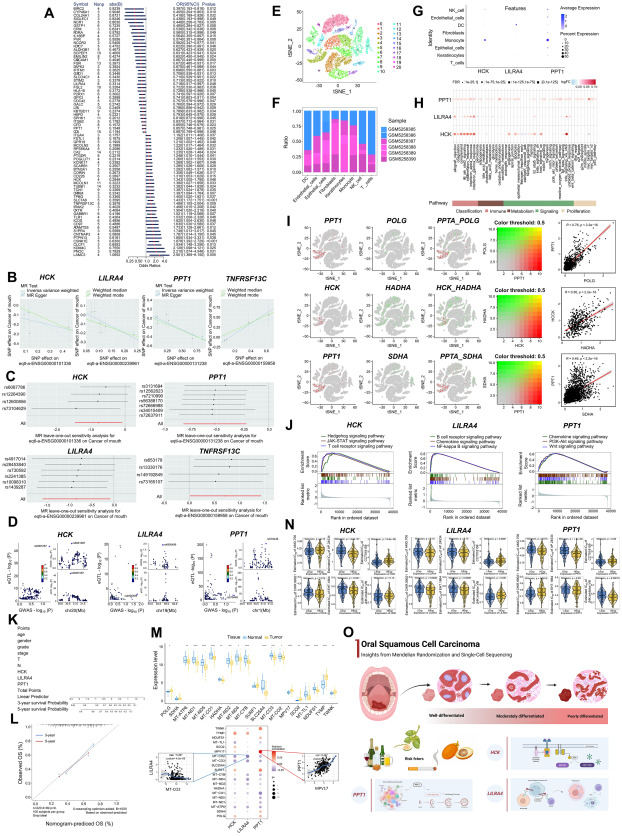
Deciphering the molecular landscape of oral squamous cell carcinoma: Novel biomarkers and therapeutic targets


Oral squamous cell carcinoma (OSCC) is one of the most common and aggressive types of oral cancer, accounting for over 90% of oral malignancies. Globally, the incidence of OSCC has been increasing, especially in regions with high rates of tobacco and alcohol consumption.1,2 In 2020, approximately 377,713 new cases of oral cancer were reported globally, with age-standardized incidence rates of 6.0 per 100,000 males and 2.3 per 100,000 females.3 Despite advances in treatment strategies, the prognosis for OSCC remains poor, as a significant proportion of cases are diagnosed at advanced stages, contributing to lower survival rates. Moreover, research on oral cancer lags behind that of other common cancer types globally.4 Consequently, the early detection and the identification of novel therapeutic targets are essential for improving clinical outcomes for OSCC patients.
